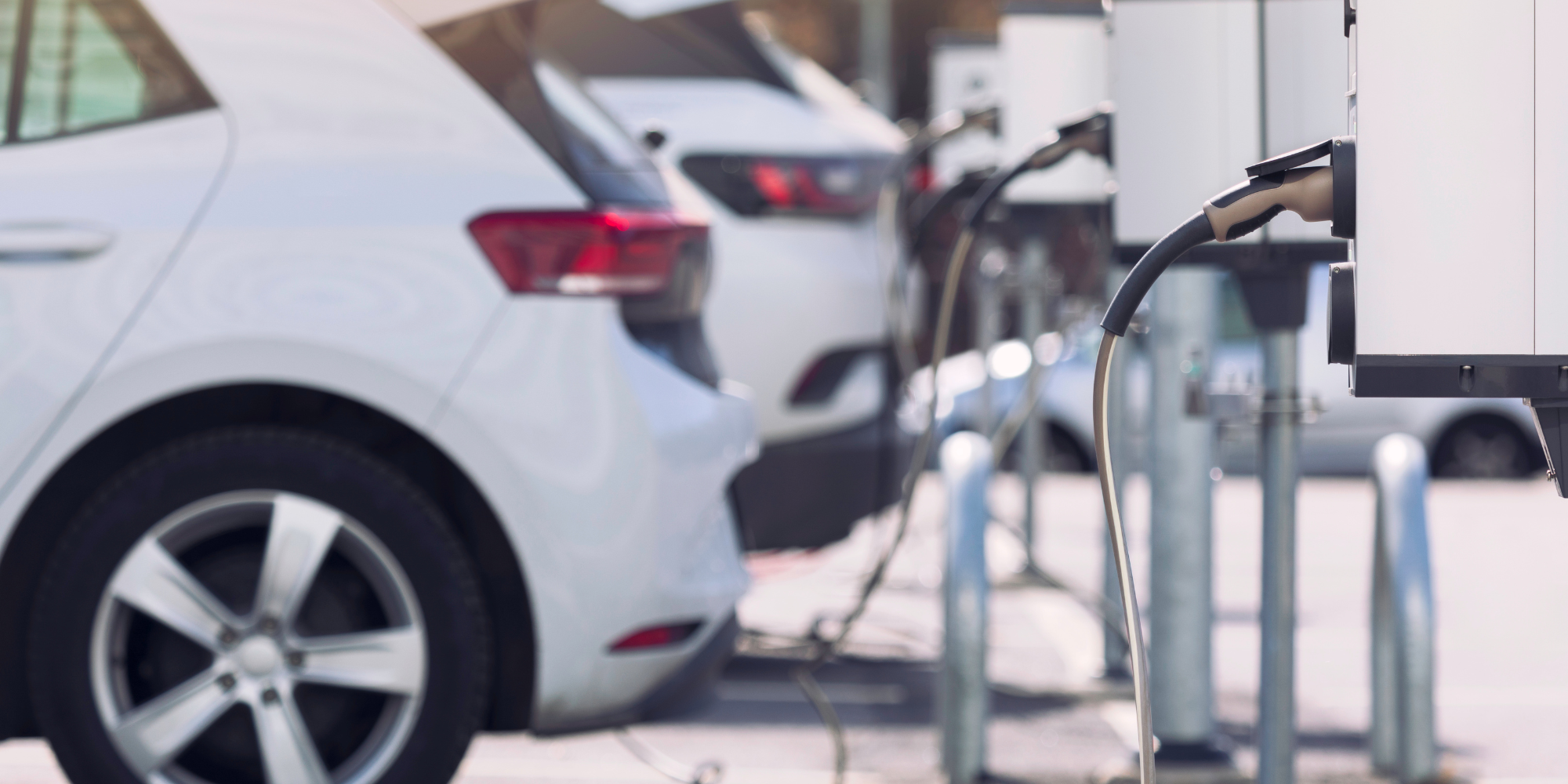Every city has its unique challenges (that’s not news to you!). As your city is figuring out how to achieve sustainability goals, city leaders might start to look into electric vehicle (EV) charging infrastructure. Lots of cities around the globe are doing it, but how will your municipality tackle it? What aspects should you consider to support your city’s e-mobility transition in a tailored way? We’ve got you covered.
1. Assess Available Incentives in Your Region
Investing in EV charging infrastructure is easier and more cost-effective than you might think. Many government entities, states, and utility companies offer rebates, grants, and tax credits to cities and municipalities looking to electrify. This a great way to help you offload the costs of deploying EV charging stations. If you need help identifying the right programs or navigating the application process, reach out to us – FLO experts are well-versed in this department.
2. Right-Size Your Deployment to Support the Proper Driver Use Case
Finding the right balance between Level 2 and DC fast chargers is paramount to your deployment success. Towns and municipalities located between two major cities can benefit from installing in-transit fast-charging infrastructure. DC fast chargers typically range from 50 kW to 350 kW and are meant to help drivers covering longer distances get from point A to point B in the shortest time possible. On the other hand, Level 2 charging stations are ideal for fulfilling the needs of EV drivers within the city. Level 2 chargers usually meet drivers where they’ll spend an hour or more, such as in municipal parking lots, curbside parking spots, retail areas and workplaces. Read more: How EV charging supports local businesses
3. Decide the EV Charging Ownership Model that Works for You
Who said you can’t generate revenue from EV charging? Varying ownership models are available for urban centers and rural areas looking to meet the growing demand for EV charging solutions. Each has its own advantages and drawbacks – you just have to determine to what extent you want to be involved in the project. Do you want to maintain full ownership of the charging stations and generate revenue while taking care of maintenance and operating expenses? Or do you prefer the peace of mind that comes with a turnkey approach?
4. Identify Optimal Locations for Charging Infrastructure
When it comes to identifying where to install EV charging stations, cities and municipalities have many options. Publicly available city-owned properties like libraries, municipal parking lots and garages are a great place to start, as well as high-traffic areas like parks, shopping malls, retail centers, or places in proximity to the downtown core. Aside from location, make sure the selected sites have proper lighting, to ensure a safe and convenient charging experience for drivers. EV chargers have a relatively small footprint and can even be installed on streetlight poles, allowing for a wide range of layouts.
5. Equitably provide charging access
As far as equitable EV charging access goes, curbside charging is a solution worth considering. Many drivers in cities across America live in condos or apartment buildings and do not have access to a dedicated parking spot. Providing access to public charging solutions in these areas helps reduce a barrier to EV adoption.
While many cities and municipalities have begun to deploy chargers, stronger efforts are required to meet the rising demand for charging services among EV drivers. In the U.S., electric vehicles are projected to reach 26.4 million in 2030. There has never been a better time than now to deploy EV charging infrastructure and reap the economic and environmental benefits associated with it.
Learn More
Wherever your city is in its electric mobility transition, the team at FLO has your back. Check out our website to learn more about incentives, products, and steps to deploy EV charging infrastructure.
About the Author:
FLO is a leading manufacturer and network operator of electric vehicle (EV) charging solutions.








